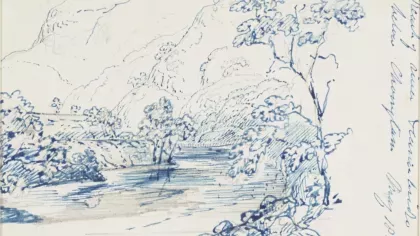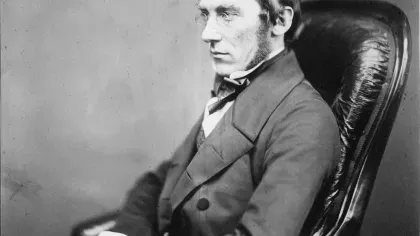30 June 2016
199 today: Joseph Hooker's legacy
Today would be Sir Joseph Dalton Hooker's 199th birthday. Born on 30 June 1817, he became Director of Kew Gardens in 1865 and helped to shape Kew as we know it today: both behind the scenes, defining the function of Kew, and in the landscape and architecture of the gardens.

In the Gardens
During Hooker's 20 year tenure as Director of Kew, some of the features of the gardens that remain iconic to this day were created. The Marianne North Gallery was constructed under his leadership and is still the only gallery in the UK permanently and entirely dedicated to displaying the work of a sole female artist. In it hang 833 paintings by the extraordinary Miss North, depicting the plants she encountered on her global travels.
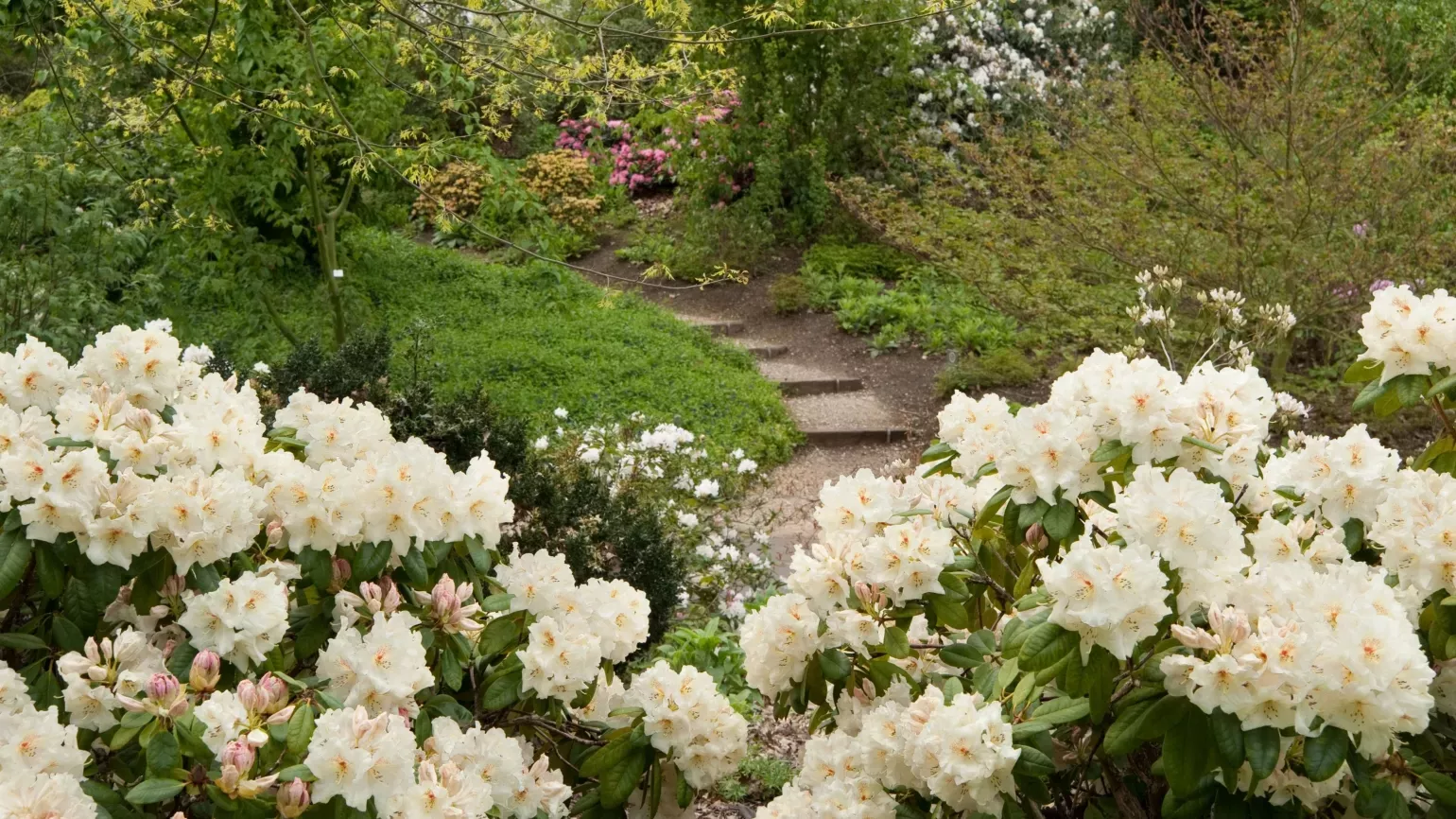
Rhododendron Dell
The Rhododendron Dell, previously known as the Hollow Walk, was extensively replanted in the 1850s with new species of Rhododendron collected by Hooker in the Himalaya. These were collected before he became Director, during a time when he was able to travel the world as a plant hunter and botanical observer. Going where few, if any, Europeans had set foot before and sending his collections back to Kew.
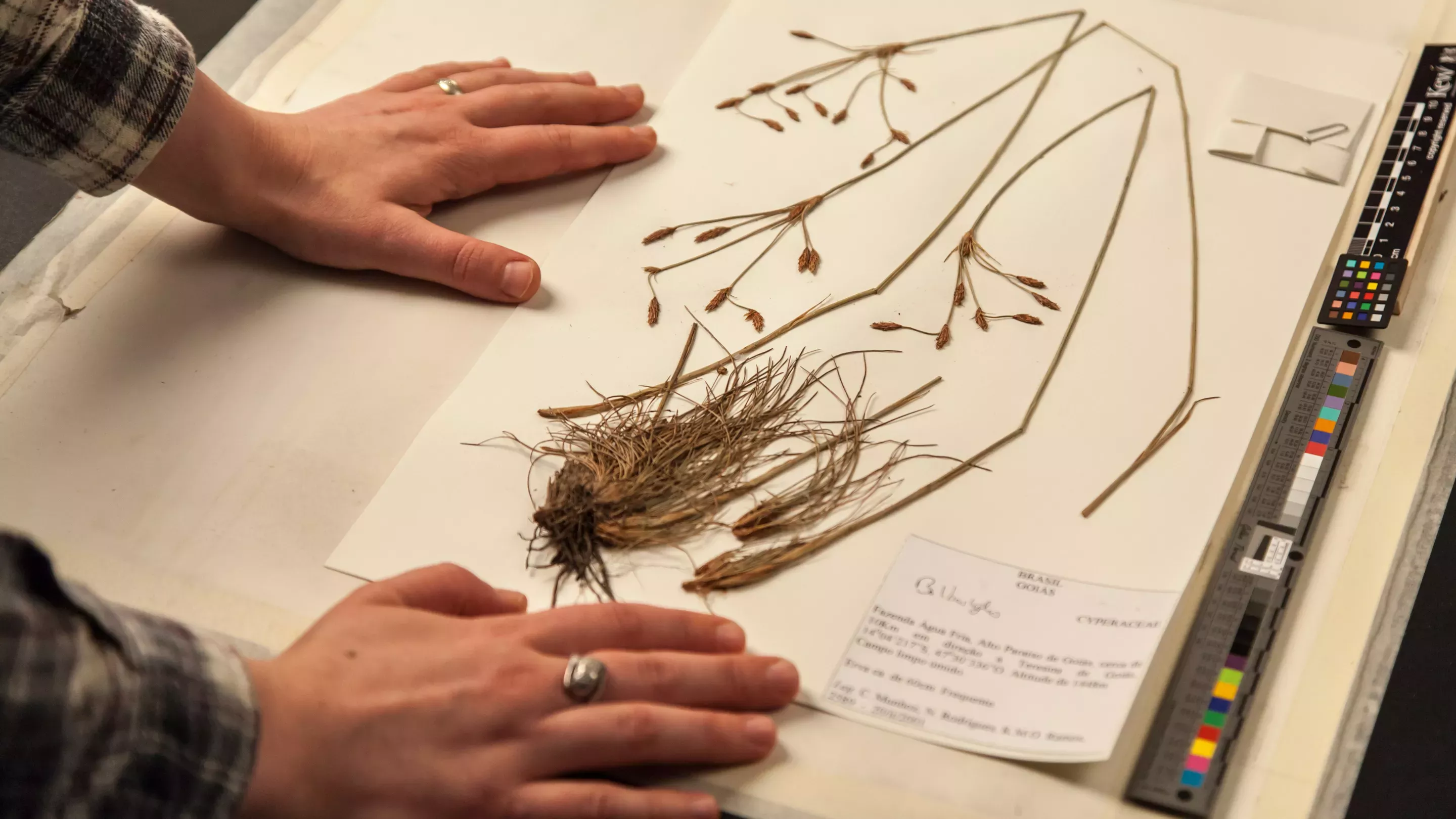
Growing the collections
Once installed as Director he continued to expand Kew's plant collections through a vast network of correspondents and connections, soliciting botanists and amateurs to send seeds, plants and dried herbarium specimens to Kew. At the heart of Kew's scientific reference collections are the extensive library and herbarium collections of Joseph Hooker's father William Jackson Hooker. Rather than taking these as a personal inheritance Joseph Hooker secured them for Kew and the nation, and developed them into the foremost botanical resource in the world.
The flourishing herbarium collection needed space to continue to grow and in 1876 Hooker commissioned the building of the first purpose built herbarium wing. Specimens are still housed in this historic part of the herbarium and 4 more wings have since been added to house over 7 million plant specimens, over 100,000 botanical illustrations and the library and archive collections.
He was a fierce promoter and protector of the scientific function of Kew, which he successfully defended to Government during the 'Ayrton Controversy' when Acton Smee Ayrton, Government minister with oversight of Kew, proposed that to save money, Kew's role should be limited to that of a pleasure park.
Hooker triumphed against Ayrton and continued to develop science at Kew. Under his Directorship, the first Jodrell Laboratory was constructed, from 1875-1877. It was to be a place for theoretical and practical investigation in plant science, particularly "insect ravages and diseases of plants". It boasted rooms for chemical and microscopical research and gas analysis, and prominent early users included Professor John Tyndall and John Lubbock.
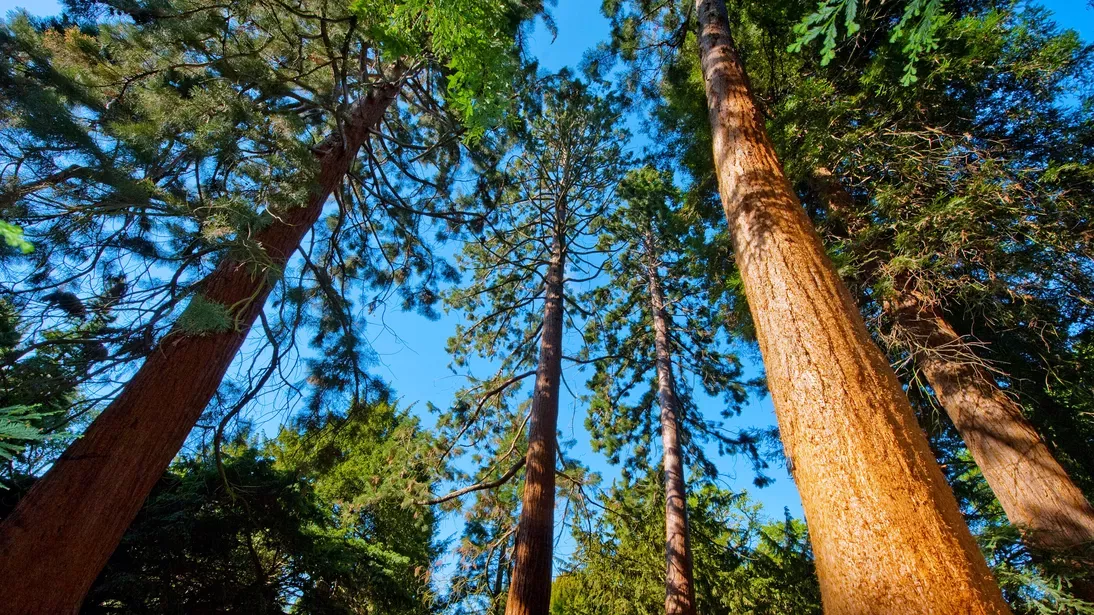
Giant redwood conservation
Joseph Hooker was one of the first naturalists we might consider a professional botanist, and in 1877 he managed some time away from his directorial duties to take a botanical tour of the United States of America with American botanist Asa Gray.
Whilst in California he was struck by the majestic giant redwoods, Sequoiadendron giganteum, and wrote a letter expressing his awe at their size and age:
" these trees certainly attain 2000 years in age as computed by the rings of growth, & how many hundred years you may add for their persistence after growth has ceased …it is of course impossible to say. Just fancy 3 generations taking you back beyond the Egyptian histories. Is not this …instructive proof of the antiquity of the existing condition of the globe" See full letter here
Hooker became determined to join the cause to protect these monumental trees. He wrote to Asa Gray:
" it is time that we jointly called the attention of the Government & people of the States to the disastrous consequences that will surely follow the devastation of their forests, & those of the Pacific Coast in particular; and considering that this would entail the disappearance of the primeval groves of what are certainly the noblest & perhaps the oldest trees on the Globe, the Redwoods & the Big-trees."
Digital images of this letter to Asa Gray have been provided to Kew by the Archives of the Harvard University Herbaria and Botany Libraries and transcribed by Kew volunteers as part of the Joseph Dalton Hooker Correspondence Project, along with letters held in Kew's own extensive archive. In it we see Hooker bringing to bear the authority of the office of Director of Kew to support this early conservation effort.
Conservation of the natural world and the plants we all rely on is of course still a priority of Kew's work. In this, and so many ways, the legacy of one of Kew's great Directors lives on. As it does in the landscape of the Gardens and the enduring value of the collections he nurtured and protected for future generations.
Next year, the Correspondence Project plans to mark the bicentennial year of Hooker's birth with a programme of events and activities at Kew to celebrate this legacy.
- Virginia -
